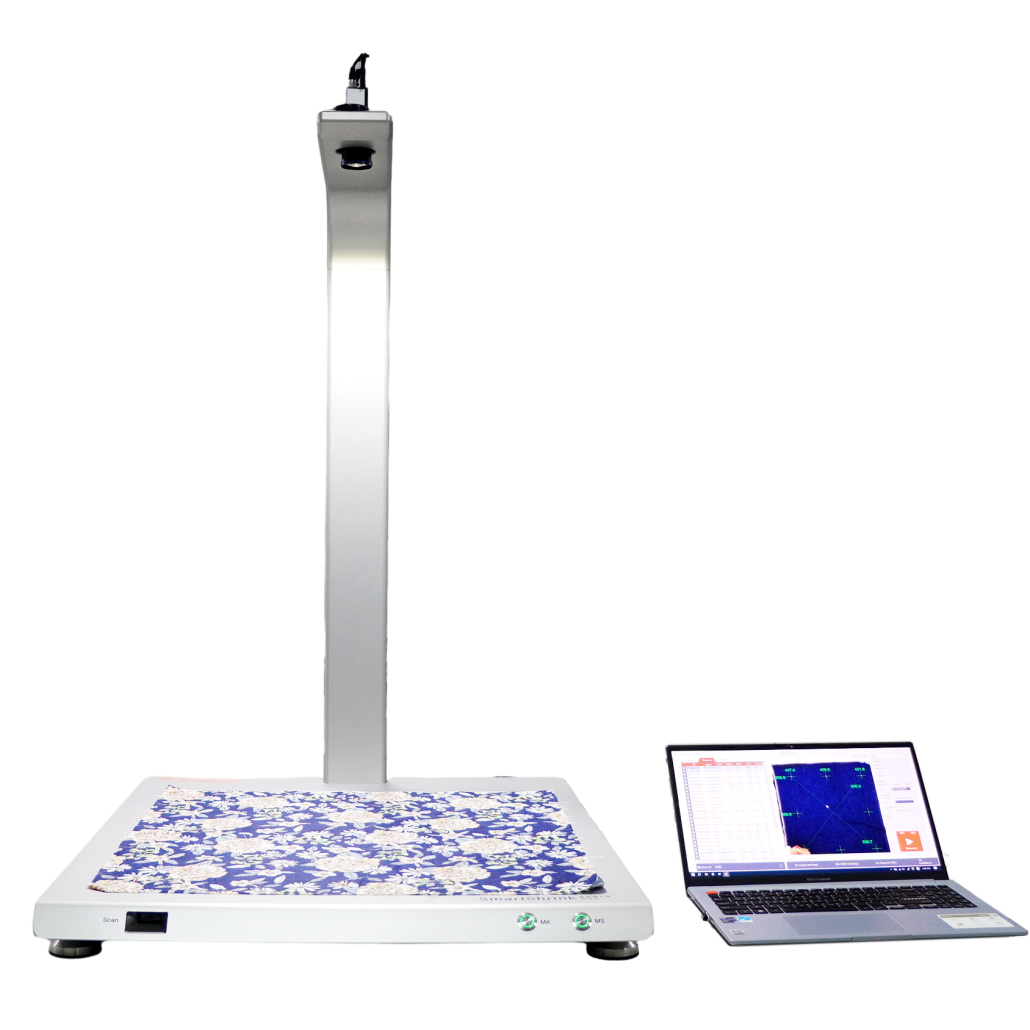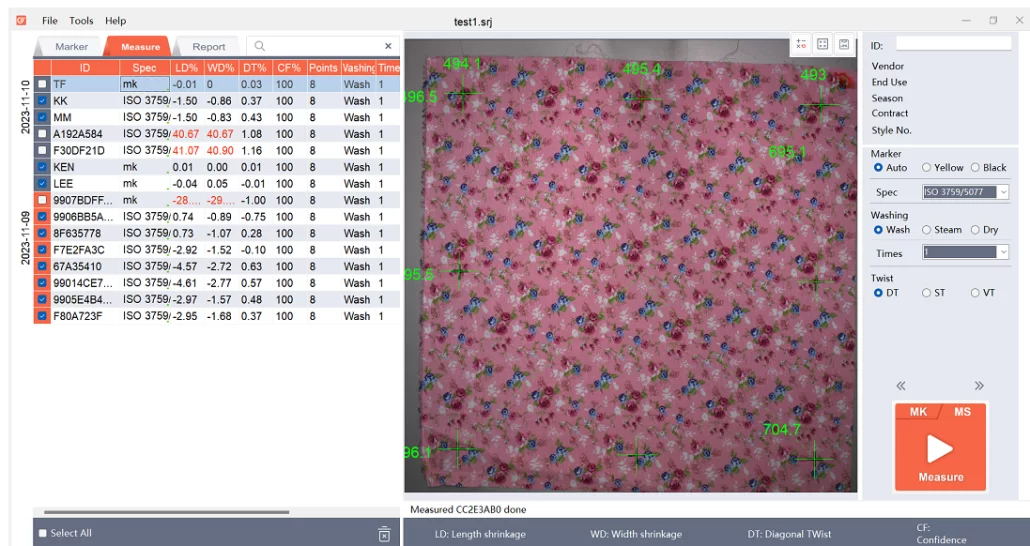In the vibrant world of textiles, the dyeing and finishing process stands as the crucial bridge between raw fibers and the beautiful, functional fabrics we use in our daily lives. This comprehensive guide dives deep into the four essential steps of textile dyeing and finishing – pretreatment, dyeing, printing, and finishing – uncovering the specific procedures and equipment that bring out the best in every textile product. Whether you’re a seasoned textile professional or a curious newcomer, this article is your key to understanding the intricate art and science behind textile transformation.
Step 1 for Textile Dyeing and Finishing: Pretreatment
The pretreatment process in textile plays a critical role in preparing fabrics for the dyeing, printing, and finishing processes. Natural fibers naturally contain impurities, while textile processing introduces additional sizing agents, oiling agents, and contaminants. These impurities not only hinder the smooth progress of fabric dyeing techniques but also affect the performance of the fabric.
The purpose of pretreatment in textile is to use chemical and physical-mechanical actions to remove the impurities on the fabric, making it white, soft, and breathable. This ensures the fabric is ready for subsequent fabric dyeing methods.
Textile processing adds various sizing agents, oiling agents, and contaminants to natural fibers, which already contain impurities. The existence of these impurities not only hinders the smooth progress of dyeing and finishing but also affects the performance of the fabric.
The purpose of pretreatment is to use chemical and physical-mechanical actions to remove the impurities on the fabric, making the fabric white, soft, and having good permeability, so as to meet the requirements for use and provide qualified semi-finished products for dyeing, printing, and finishing.
Pretreatment Processes for Cotton Fabric
Singeing → desizing → bleaching → mercerizing
Singeing
Since cotton is a short fiber, there are short hairs on the product surface. For the beauty of the fabric and the convenience of subsequent processing, singeing should be done first.
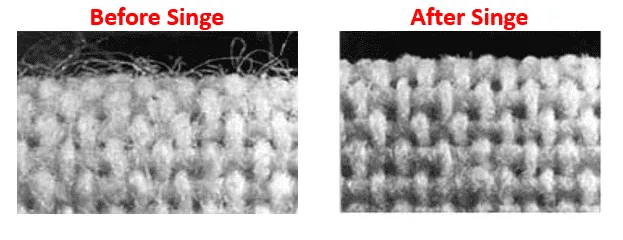
Desizing
When cotton yarn is used as the warp, it has more friction with the machine, and the friction between cotton yarns is easy to generate static electricity. Therefore, sizing is done before weaving. After weaving, the sizing becomes hard, and it will turn yellow and mildew over time. So, desizing should be done first to ensure the smooth progress of subsequent printing and dyeing procedures and a soft hand feel.This process helps remove any sizing agents used in weaving, ensuring smooth textile dyeing results.
The first two steps are mainly the scouring process, aiming to remove impurities, oil, and cottonseed hulls. Auxiliary agents such as oil removers can be added when removing oil.
Natural impurities: For pure cotton fabrics, they are mainly fiber-associated substances or concomitants, including oil wax, pectin, protein, ash, pigment, and cottonseed hulls.
Artificial impurities: Oil agents, antistatic agents, oil stains, rust, and residual sizing agents added during spinning and weaving.
These impurities seriously affect the wettability of the fabric and hinder the processing of fabric dyeing and finishing. They must be removed in a scouring system mainly composed of sodium hydroxide and supplemented by surfactants.
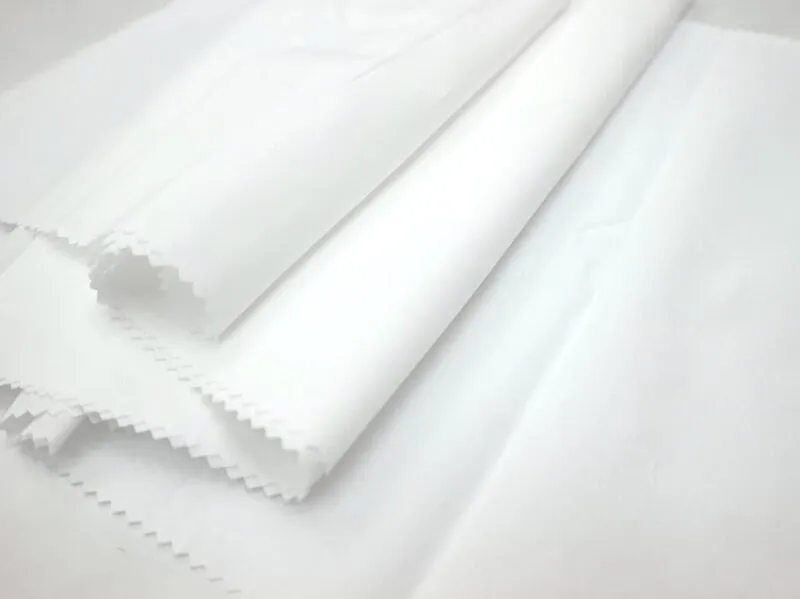
Bleaching
Rinse the fabric clean to make it white. It is a bleaching process. Cotton fabric is bleached to remove pigments, improving whiteness and preparing it for fabric dyeing.
After scouring, the fabric removes most of the natural and artificial impurities. However, for bleached and light-colored fabrics, manufacturers still need to carry out bleaching processing to remove pigments and improve whiteness.
Chemical fibers do not contain pigments and are already very white after scouring. However, the pigments still exist in cotton fibers after scouring, and the whiteness is poor. Therefore, bleaching is mainly carried out for the natural impurities on cotton fibers.
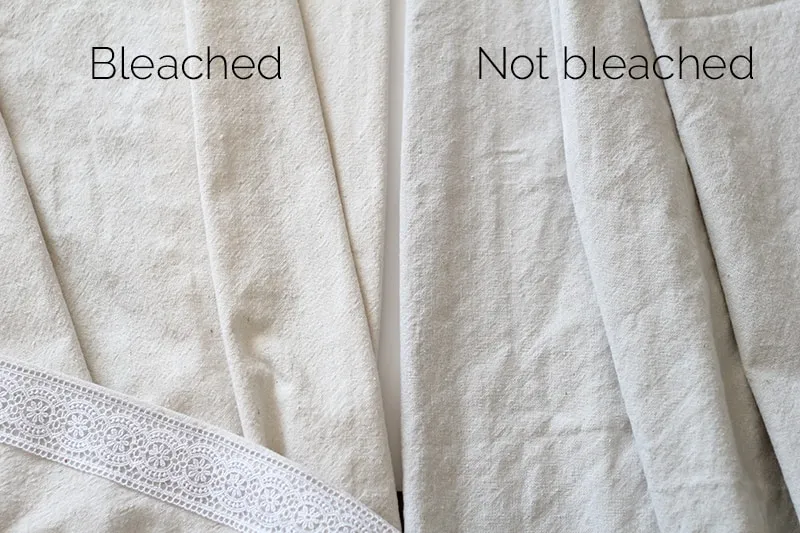
Mercerizing
Make the fabric have a better luster and a softer hand feel.
Under a certain tension, textiles can obtain a silky luster with the help of concentrated caustic soda and maintain the required size. This process is called mercerizing.
The pretreatment processes of ordinary cotton fabric and polyester-cotton fabric are basically the same (for woven fabrics):
singeing → desizing → bleaching
For higher requirements, mercerizing is added. The bleached cloth is usually called raw white cloth.
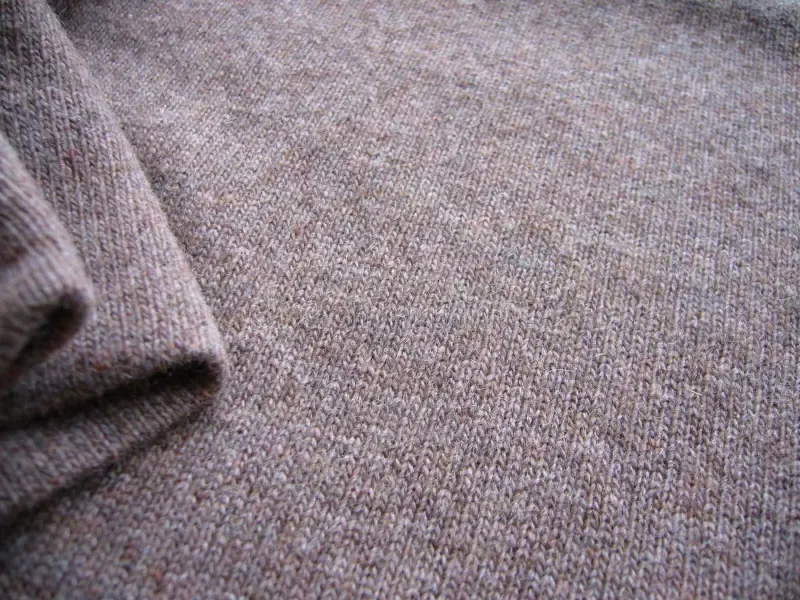
The pretreatment processes of ordinary cotton fabric and polyester-cotton fabric (for knitted fabrics):
alkali shrinkage → scouring → bleaching
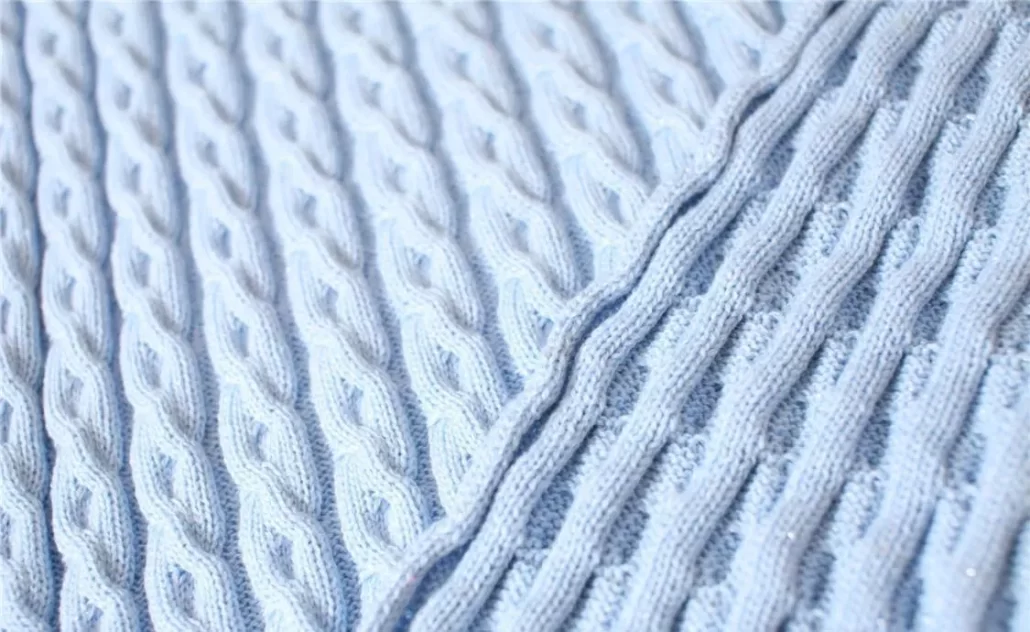
Alkali shrinkage: Since the yarn is not sized when knitting, it is relatively loose. After alkali shrinkage, it becomes tighter. Use balanced tension to make the fabric surface flat.
Scouring: It is similar to the desizing process, mainly to remove oil and cottonseed hulls.
Bleaching: Rinse the fabric clean.
The pretreatment process of corduroy
It is formed by winding one yarn around another to form loops and then cutting the loops to form the pile.
Process: padding with alkali → cutting the pile → desizing → drying → brushing the pile → singeing → scouring → bleaching
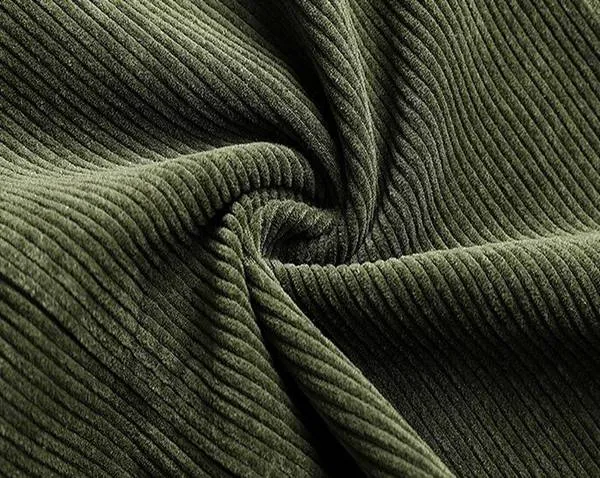
The purpose of padding with alkali is to make the fabric shrink tighter; the purpose of cutting the pile is to make the pile surface flat; the purpose of brushing the pile is also to make the pile surface flat and remove the unevenness after cutting the pile; the purpose of singeing is also to remove the unevenness.
Brushed fabric
People mainly use it for blankets, children’s and elderly’s underwear, bed sheets, etc. A roller, similar to a mace, rotates on the blanket surface to pull out the fibers. The pile surface pulled out in this way is not very neat.
The pretreatment Process of Wool (Woolen Fabric)
Scouring: Scouring removes impurities such as dirt, grease, and sweat from the surface of wool and other animal fibers, as these fibers are relatively dirty.
Carbonization: Further remove impurities and dirt. If it is not clean after washing, carbonization with acid is carried out for further cleaning.
Bleaching: Rinse the fabric clean.
The pretreatment Process of Silk
Degumming → bleaching or brightening (add brightening auxiliaries for brightening)
The pretreatment Process of Polyester Fabric
① Filament: alkali weight reduction → bleaching (the same as the silk process)
② Staple fiber: singeing → boiling → bleaching (the same as the cotton process)
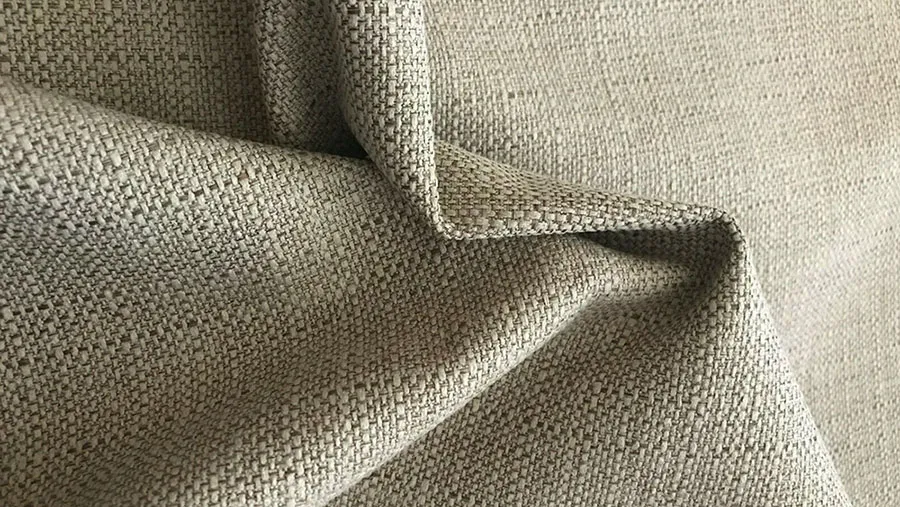
Stentering and setting: Stentering increases the dimensional stability; meets the design requirements; and makes the surface flat.
Common equipment used in the pretreatment process in textile
Desizing Machine: Removes the sizing agent on the fabric, such as the enzyme desizing machine.
Scouring Machine: Removes the natural impurities and grease in the fibers.
Bleaching Machine: Removes the natural pigments on the fabric. The continuous bleaching machine is commonly used.
Mercerizing Machine: Enhances the luster and strength of cotton fabric and is often used for cotton fabric treatment.
Pre-treatment & Dyeing Machine: A small-batch equipment integrating the functions of desizing, scouring, and bleaching.
Step 2 for Textile Dyeing and Finishing: Dyeing
Once the pre treatment process in textile is completed, the fabric moves on to dyeing. The textile dyeing process involves applying color to fabric fibers through various methods, such as yarn dyeing, piece dyeing, or fiber dyeing.
Dyeing Principle
Adsorption: Fibers are macromolecules rich in ions, which combine with the different ions in the dye, so that the fiber absorbs the dye.
Penetration: There are voids in the fiber. The dye is pressed or infiltrated into the molecular voids under high temperature and high pressure to color.
Adhesion: There is no factor in the fiber molecule that has an affinity for the dye, so an adhesive is added to make the dye adhere to the fiber.
Dyeing Methods
Fiber dyeing – color spinning (adding color during spinning, such as snowflake yarn, fancy yarn)
Yarn dyeing – yarn-dyed fabric (yarn-dyed fabric)
Fabric dyeing – piece dyeing
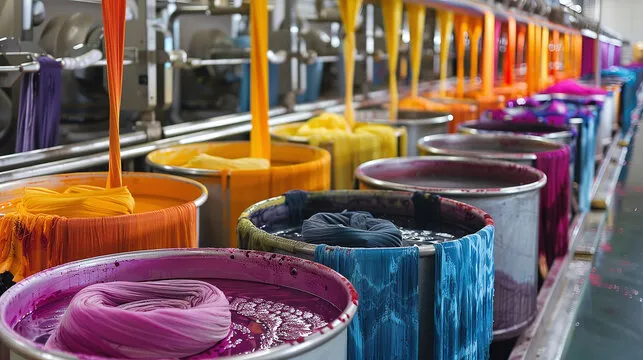
Dyes and Textile Materials
① Direct dyes – dye cotton, linen, wool, silk, and viscose (dye at room temperature)
Characteristics: The widest chromatogram, the lowest price, the poorest fastness, and the simplest method. Formaldehyde is used as a promoter.
Generally, manufacturers add a fixing agent to the fabric dyed with direct dyes to stabilize the color fastness.
② Reactive dyes
The reactive groups in the dye combine with the reactive groups in cotton, linen, silk, wool, and viscose. Characteristics: bright color, good leveling property, good fastness, but high price.
③ Disperse dyes
Special dyes for polyester.
The dye molecules should be as small as possible to penetrate. At the same time, high temperature and high pressure are used to promote dye penetration. Therefore, the color fastness is high.
④ Cationic dyes
Special dyes for acrylic fibers. When acrylic fibers are spun, they are negatively charged and are attracted to the cations in the dye for coloring.
Add negative ions to polyester, and cationic dyes can be used for dyeing at room temperature. That is, cationic-dyeable polyester filaments (CDP: CanDyePolyester).
Acid dyes for Dyeing wool.
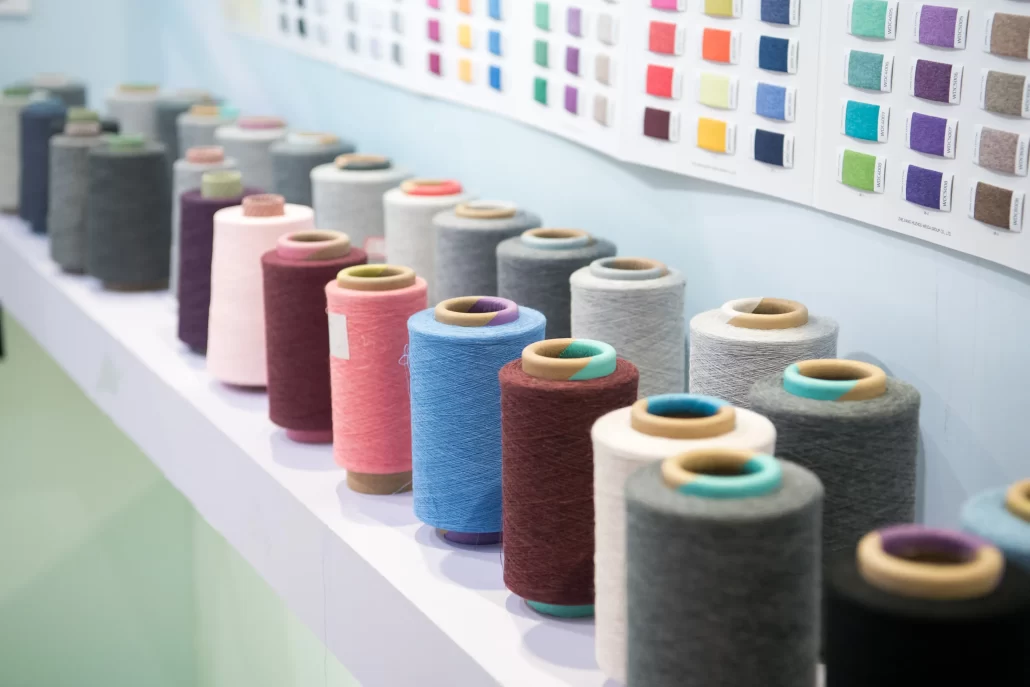
Common equipment used in the dyeing process
High-Temperature High-Pressure Dyeing Machine (HTHP Dyeing Machine): Suitable for synthetic fibers such as polyester.
Overflow Dyeing Machine: Suitable for knitted fabrics and light and thin fabrics.
Airflow Dyeing Machine: A low-water-consumption dyeing equipment suitable for environmentally friendly dyeing.
Jet Dyeing Machine: Suitable for dyeing cotton, linen, wool and other fabrics.
Pad Dyeing Machine: Suitable for large-scale continuous dyeing, such as denim dyeing.
InfraDye Infrared Lab Dyeing Machine: Used for small-batch testing of dye effects.
The InfraDye Machine quickly and affordably produces dyeing samples. Textile manufacturers use it to test samples before dyeing large batches, reducing errors. Fabric labs also use it for dyeing studies.
Step 3 for Textile Dyeing and Finishing: Printing
After dyeing, manufacturers use fabric printing methods to create patterns and designs on textiles. They employ techniques such as screen printing, rotary screen printing, and digital printing.
Different types of fabric printing methods
Dye printing: Use the reactive groups in direct dyes and reactive dyes for coloring.
Pigment printing: Add auxiliaries to the dye to make the dye combine with the cloth (there is no gene in the dye that has an affinity for the cloth and the dye).
Reserve printing: For high-end fabrics with high color requirements, manufacturers use reserve printing to prevent color bleeding.
Discharge printing: After dyeing the fabric, printers remove the original color from some areas to expose the white background before printing other colors, preventing color cancellation.
Burn-out printing: Use strong alkali to burn off the yarn at the edge of the print to form a velvet-like pattern.
Gold (Silver) Powder Printing: Print gold (Silver) powder on the fabric. It actually also belongs to pigment printing.
Transfer printing: The dye on the paper sublimates onto the fabric under high temperature and high pressure to form a pattern.
Spray (Liquid) Printing: The principle is the same as that of a color printer.
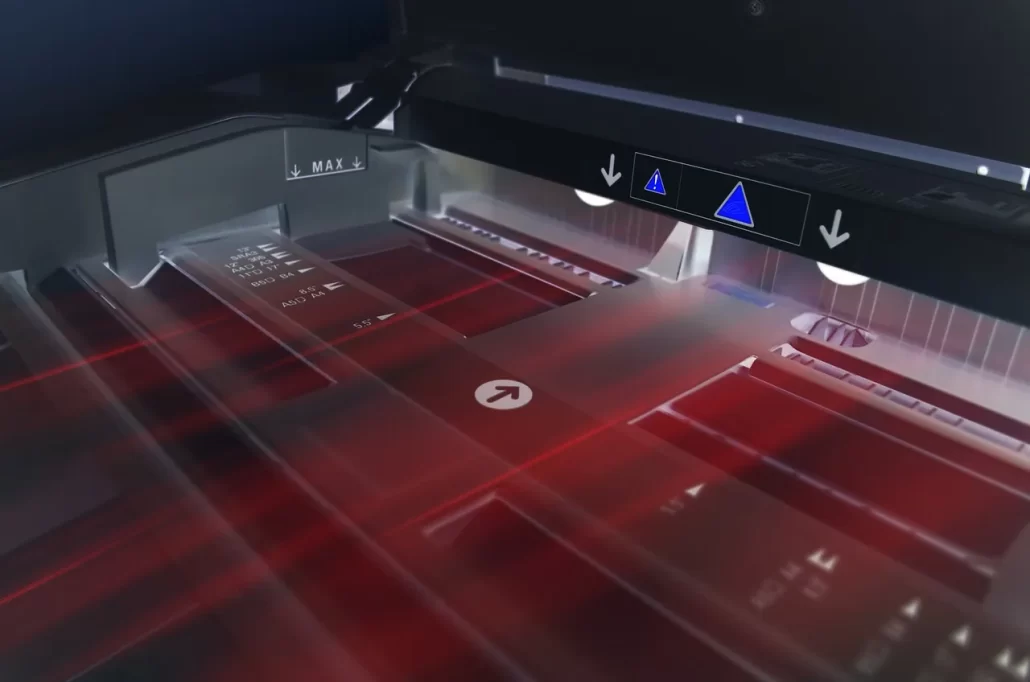
Common equipment used in the printing process
Flat screen printing machine: Flat screen printing includes manual table type, semi-automatic flat type, and fully automatic flat type. Although the output of flat screen printing is relatively low, its plate making is convenient, the pattern repeat length is large, the number of colors is large, it can print fine patterns, does not transfer colors, has a large amount of printing paste, and has a three-dimensional effect. It is suitable for printing woven and knitted fabrics of silk, cotton, chemical fiber, etc., and is more suitable for printing high-end fabrics with small batches and multiple varieties.
Rotary screen printing machine: Rotary screen printing is a printing method in which the color paste in the rotary screen is printed onto the fabric under the drive of pressure by a scraper. It is suitable for large-scale and fast printing.
Roller printing machine: A roller printing machine uses a copper roller engraved with concave patterns to print on the fabric. This process is also called copper roller printing.
Transfer printing machine: One of the textile printing methods. It began in the late 1960s. First, a certain dye prints on materials such as paper, and then heat pressing transfers the pattern to the fabric. This method is mostly used for printing chemical fiber knitted products and clothing. Transfer printing involves processes such as dye sublimation, migration, melting, and ink layer peeling.
Step 4 for Textile Dyeing and Finishing: Finishing
Finishing process in textile industry is of great importance, which is essential to impart specific properties to the fabric. Fabric finishing methods enhance the final product’s appearance, texture, and durability.We listed types of finishing in textiles below.
General Finishing
Hand feel finishing
① Hard and stiff hand feel. Mostly used for cotton and linen fabrics.
② Soft hand feel: Add a softener and wash.
Shaping and finishing
① Stentering
② Preshrinking: For cotton fabric (it will shrink when washed), preshrinking is done in advance to make the size more stable later.
Appearance finishing
① Calendering (pressing) to make the fabric shiny. After calendering, the fabric surface will become harder.
② Embossing: Use a pressure roller to emboss.
③ Brightening: Add a brightening agent.
Special Treatment
Methods to achieve special treatment: Add corresponding auxiliaries before setting or use a coating machine to apply corresponding coatings.
Waterproof treatment: Use a coating machine to apply a layer of waterproof material/coating on the fabric; another method is to roll waterproof auxiliaries before stentering.
Flame retardant treatment: It prevents open flames; when a cigarette butt touches the fabric, it self-extinguishes automatically.
Stain and oil repellent treatment: The principle is the same as that of waterproof treatment. A corresponding substance coats the surface.
Antifungal and antibacterial treatment: It involves coating or using ceramic powder to achieve these protective effects.
Anti-UV: The use of anti-UV in silk is to prevent the damage of the protein fibers in silk and make the silk turn yellow. For other products, it is to resist the ultraviolet rays in the sun. Special term: UV-CUT
Infrared treatment: Including anti-infrared and infrared absorption to achieve different effects.
Antistatic treatment: Make the concentrated static electricity disperse and not easily generate sparks.

Common fabric finishing machine used in the finishing process
Stenter: Performs stentering, setting, and finishing of the fabric to make the size stable.
Softening finishing machine: Improves the softness of the fabric hand feel.
Anti-wrinkle finishing machine: Suitable for anti-wrinkle treatment, such as shirt fabrics.
Antistatic finishing machine: Used for antistatic treatment of synthetic fiber fabrics.
Coating machine: Used for special function finishing treatments such as waterproof and oil repellent.
Shrinking finishing machine: Suitable for preshrinking treatment of cotton fabrics.
Opening machine: Suitable for opening and setting of knitted fabrics.
Other dyeing testing equipment for quality control
WashTrue washing fastness tester: Tests the color fastness.
The WashTrue Colour Fastness Tester measures color fastness to washing using a smart temperature control algorithm. It meets standards like ISO 105 C06:2010 and AATCC61-2013e3. The tester improves the efficiency of color fastness testing.

Color measuring instrument: Used for color measurement and matching.
pH value tester: Used for measuring the pH value of the dyeing solution and the fabric.
SmartShrink fabric shrinkage rate tester: Tests the dimensional stability of the dyed fabric.
The SmartShrink Fabric Shrinkage Tester gives you many test results in 5 seconds. It tests fabrics after washing, steaming, and dry-cleaning.
The textile dyeing and finishing processes work together, with each step requiring specific equipment and precise process control to ensure the final product’s quality and performance. The laboratory dyeing machine and other quality testing equipment mentioned in this article are all on sale.
For more valuable insights on textile testing, we encourage you to subscribe to our website or reach out to us using the following contact information:
Email: sales@chivention.com
WhatsApp: +86 180 2511 4082
Linkedin: Chiuvention

